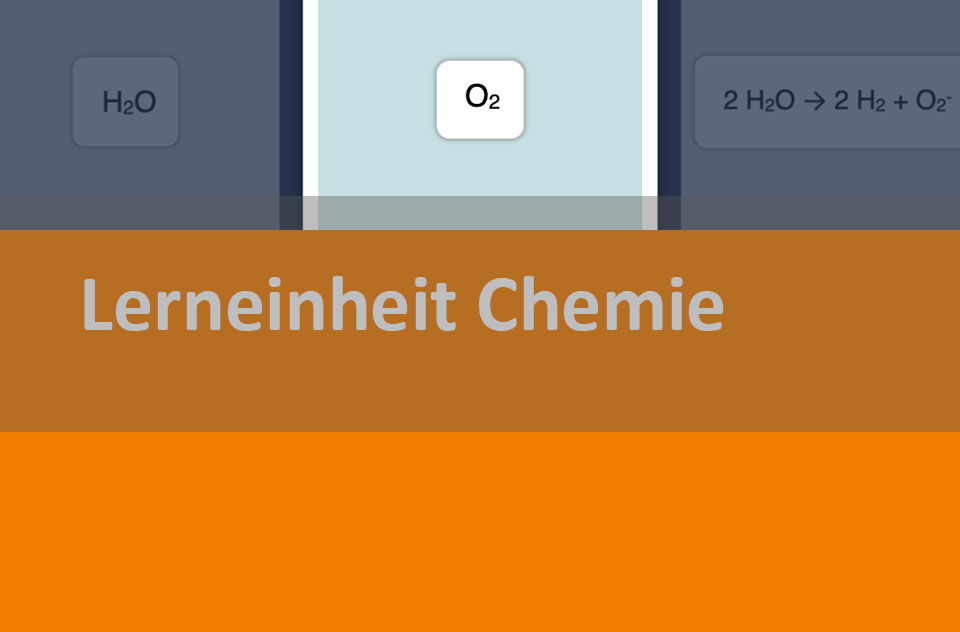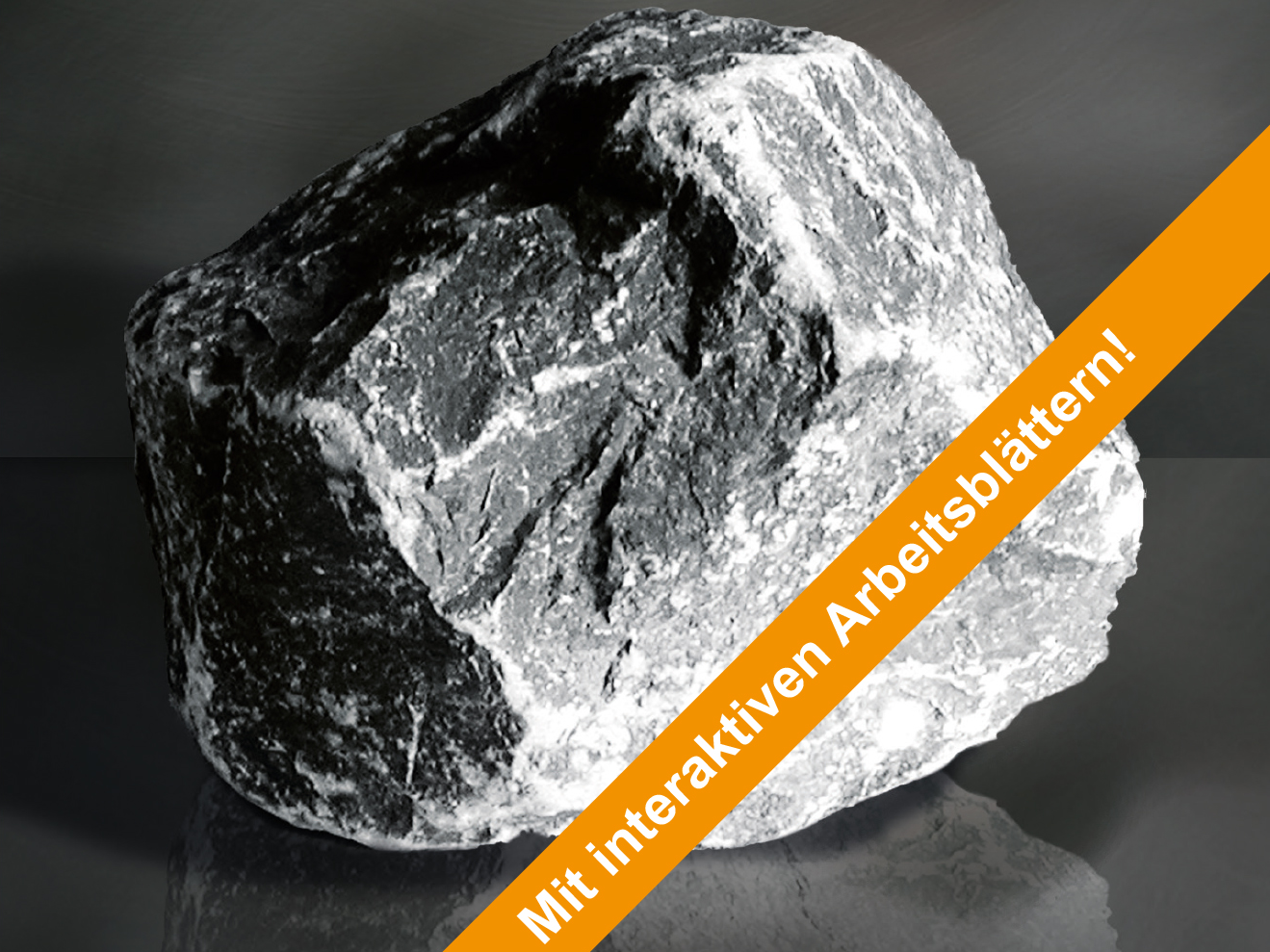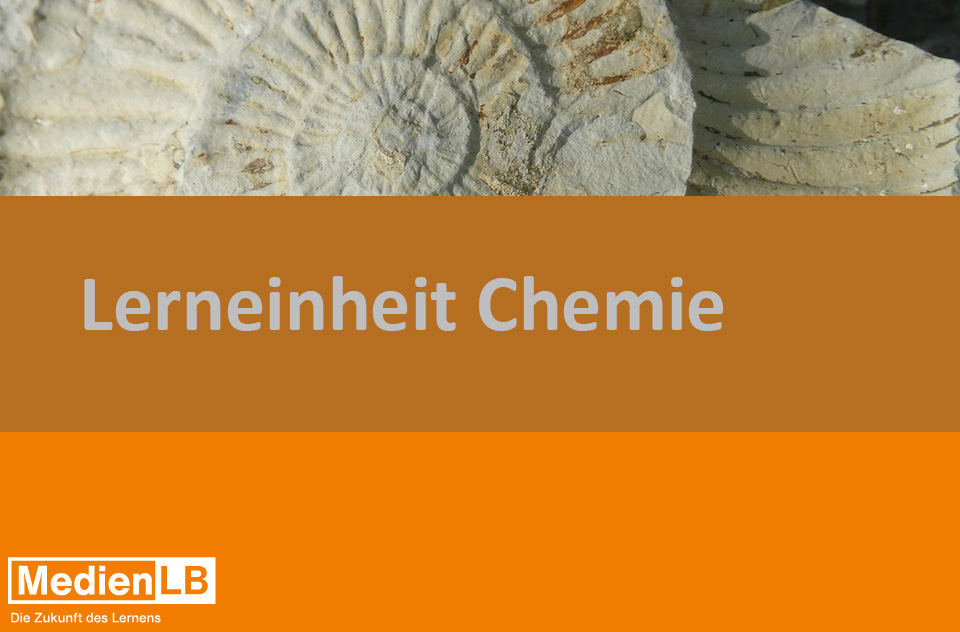
55502603
Brennstoffzelle
In 10 interaktiven Aufgaben und interaktiven Videos wird Wissen zu Brennstoffzellen vermittelt und anschließend abgefragt.
Das Medium bietet H5P-Aufgaben an, die ohne zusätzliche Software verwendbar sind.
Durch interaktive Aufgabentypen wird das audiovisuelle und interaktive Lernen einfach.
Lernen macht jetzt Spaß!
Included Tasks
- I Energiequellen - Video mit interaktiven Aufgaben
- II Was ist eine Brennstoffzelle? - Lückentext
- III Wirkprinzip: kalte Verbrennung - interaktives Video
- IV Vorteile der Brennstoffzelle - interaktive Aufgabe
- V Elektrolyse und Wasserstoffbrennzelle - interaktive Aufgaben
- VI Kraft-Wärme-Kopplung und Brennstoffzelle - interaktiver Vergleich
- VII Geschichte der Brennstoffzelle - interaktive Zeitleiste
- VIII Brennstoffzellen im Alltag - interaktive Aufgabe
- IX Wissenskarten - interaktive Flashcards
- X Brennstoffzellenquiz - interaktive Aufgabe
Curriculum-centred and oriented towards educational standards
Matching
Fascination Lime
Many products used in everyday life are impossible without lime. These are, among others, glass, sugar, paper as well as pharmaceutical and cosmetic products. The raw material is also indispensable in the construction materials industry. Iron and steel producers need limestone, in environmental protection it is used, for example, for air cleaning and drinking water purification.
Basics of Chemistry I
We are surrounded by objects and substances. We recognise objects that are to serve a specific purpose by their shapes. Similar objects may consist of different materials or substances. Substances, however, are independent of shapes and possess very specific properties. We are able to perceive many of these substances with our senses. For example, we can see, touch or smell them so as to be able to recognise them. Chemists are particularly interested in those substance characteristics that can be measured. On the basis of these measurable properties they can distinguish between substances, identify a specific substance or test it for special use. Models help us to understand phenomena. They depict only specific elements of our reality, thus presenting the world in a simplified way. The spherical particle model, for example, helps us to understand how a scent spreads all over the room or substances disperse in water.








